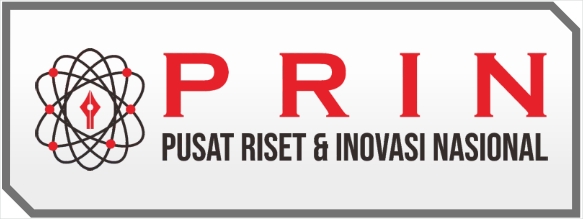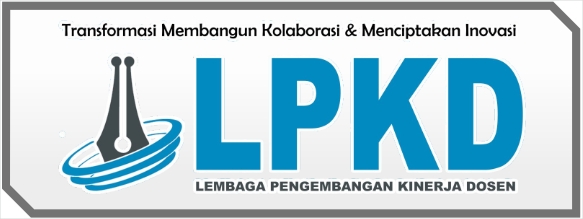Pemfigus Vulgaris
DOI:
https://doi.org/10.55606/jurrikes.v2i2.1758Keywords:
Adult,, Pemphigus Vulgaris, Autoimune DiseaseAbstract
Pemphigus vulgaris (PV) is a chronic intraepidermal bullous disease that causes extensive skin lesions. Pemphigus vulgaris initially appears in the form of vesicles and loose-walled bullae that break easily on normal skin, which then develop into bullae with an erythematous base, then rupture, causing erosion, excoriation, which is usually accompanied by crusting and pain. Bullae occur due to damage or damage to intercellular adhesion due to IgG autoantibodies to desmoglein 3, causing epithelial cells called acantholysis (epidermal cell separation reaction). The hallmark of pemphigus is erosion that extends into normal skin by pulling on remnants of the blister wall or rubbing on the periphery of an active lesion. Erosion can be induced on normal-appearing skin away from the active lesion by mechanical stress or shear, a phenomenon known as the Nikolsky sign. Prognosis before corticosteroids are used, death occurs in 50% of patients within the first year. Treatment with corticosteroids makes the prognosis better. Pemphigus vulgaris in the early stages will be easier to control than those with widespread manifestations, the mortality rate will increase if there is a delay in therapy.
References
Kridin K, Sagi S, Bergman R. Mortality and Cause of Death in Patients with Pemphigus. Acta Derm Venereol. 2017;97(5):607–11.
Porro AM, Seque CA, Ferreira MCC, Enokihara MMS e S. Pemphigus vulgaris An Bras Dermatol. 2019 May;94(3):264– 78.
Kayani M, Aslam AM. Bullous pemphigoid and pemphigus vulgaris. bmj. 2018 Jun 8;357.
Kridin K. Pemphigus group: overview, epidemiology, mortality, and comorbidities. Immunologic research. 2018 Apr;66(2):255-70.
Madala J, Bashamalla R, Kumar M. Current concepts of pemphigus with a deep insight into its molecular aspects. Journal of Oral and Maxillofacial Pathology. 2017;21(2):260.
Iqbal RM. Chimeric Antigen Receptor (Car) T-Cells Therapy Untuk Penyakit Autoimun.2020.
Hammers C, Stanley J. Mechanisms of Disease: Pemphigus and Bullous Pemphigoid. Annual Review of Pathology: Mechanisms of Disease. 2018;11(1):175-197.
Payne S, Stanley J. Pemphigus. In: Kang S, Amagai M, Bruckner AL, Enk AH, Margolis DJ, Michael AJ, Orringer JS editors. Fitzpatrick’s Dermatology in General Medicine, 9th ed. New York, McGraw Hill. 2019: 909-933.
Devitasari R. Histopathological and Immunoflourescence Examination in Pemphigus Vulgaris.2021.
Popescu IA, Statescu L, Vata DAN, Porumb-andrese E, Patrascu AI, Grajdeanu I, et al. Pemphigus vulgaris - approach and management. 2019;(16):5056–60.
Downloads
Published
How to Cite
Issue
Section
License
Copyright (c) 2023 Wizar Putri Mellaratna, Cut Winda Agustia

This work is licensed under a Creative Commons Attribution-ShareAlike 4.0 International License.
















